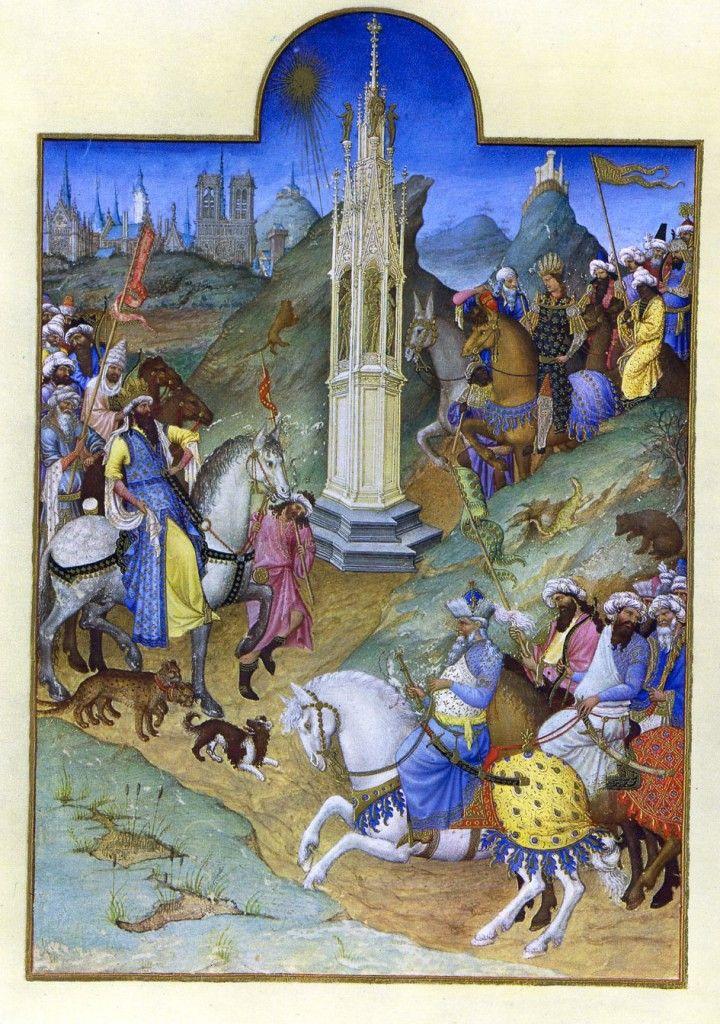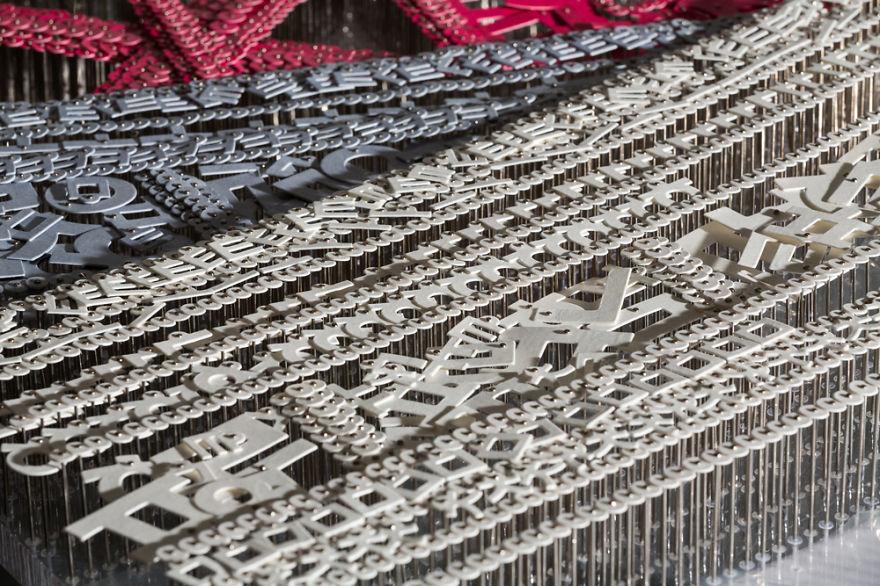The year 2020 is finally over and now we can look forward to 2021 with both hope and uncertainty. Candy Chang, a contemporary American, says she struggles maintaining perspective. “I feel like it’s easy to get caught up in the day-to-day and forget what really matters to you.” Chang’s installation pieces are not closed inside a museum or gallery; they are outside on the street and reach out to the community. Her works offer the opportunity to participate, to challenge one’s self, to complain or exclaim, and to be heard.
Chang is the daughter of immigrants from Taiwan. They settled in Pittsburgh where she was born. After receiving a BS in Architecture and a BFA in Graphic Design from the University of Michigan, Ann Arbor, Chang received a MS degree in Urban Planning from Columbia University. The combination of art, architecture, and urban planning are the core of Chang’s art. She has been creating interactive art installations since 2006, and has achieved a significant global profile. This article will discuss three of Chang’s numerous works. All her works require thoughtful audience participation.
Chang lives and works in New Orleans, although she travels the world lecturing, leading workshops, and creating site specific art. “Before I die” (2011) (41’ x 8’) was influenced by the unexpected and sudden death of someone she loved: “I spent a long time full of grief, and then I felt gratitude for the time we had together. I thought about death a lot which brought clarity to my life, the people I want to be with, and the things I want to do. I wondered if other people felt the same way. Over the past few years I’ve tried ways to share more with my neighbors in public space, using simple tools like stickers, stencils, and chalk. This time I wanted to know what was important to the people around me and I wanted a daily reminder to restore perspective.”
Chang sought and received permission to use the side of an abandoned, crumbling house in the Marigny district of New Orleans. After applying chalk board paint to the wall, she then stenciling, eighty times, the open ended phrase, “Before I die I want to. …. “ Chang comments, “While I was still stenciling the wall, people were walking up to ask questions – you know, what is this? And a lot of people asked if they could write on it, and we said, yes, please do.” She left colored chalk at the site. The following morning she found the lines entirely filled in with responses, and squeezed into every available corner.
Chang says, “I never had any plans to make any walls beyond New Orleans. You know, I made this wall, posted a few photos online and then it just spread like wildfire. And my inbox blew up with messages from people around the world who wanted to make a wall with their community.” Chang’s project has been recreated more than 5000 times in 75 countries, including China, Haiti, South Africa, Iraq, and Brazil. The project is ongoing and has generated a book of the same title as well as a website.
In 2019, “Before I die” was repeated in a full room, at the Renwick Gallery as a part of its Burning Man Exhibition titled “No Spectators.” As a viewer of the work, this writer found it very compelling, fascinating, moving, and exciting. The Atlantic magazine called “Before I die” “one of the most creative community projects ever.” Publishers Weekly described the book as “a powerful and valuable reminder that life is for the living, and it’s never too late, or too early, to join the party.” Chang states: “I am passionate about the relationship between public space and mental health.”
In 2010 Chang Co-founded with James A Reeves the Civic Center in New Orleans. They describe the Civic Center as an “urban design studio that combines architecture, graphic design, and urban planning to make thoughtful public spaces and communication tools for everyday issues of city life.” Their goal is to “make cities more comfortable for people. And we are not talking about outdoor seating and wider sidewalks – that’s what makes this creative studio so unique. We believe that public spaces should inspire conversation, make the machinery of the city more accessible, and restore a sense of dignity to the public realm.” They have worked in such disparate cities Nairobi, Vancouver, New Orleans, and Johannesburg.
Chang became a TED Senior Fellow and delivered a TED talk in 2011. The TED foundation “supports and connects global visionaries who have shown outstanding accomplishment and exceptional potential. The foundation has identified and honored over 470 individuals.
In 2012, while artist-in-residence at the Art Production Fund in Las Vegas, Chang set up “Confessions” (2012). Inspired by the ritual of the Catholic Confessional and Shinto Prayer Shrines, Chang invited guests at a nearby Las Vegas hotel to write their confessions on wooden plaques similar to those used in Shinto Prayer shrines. The participants represented a transient and temporary community, rather than the established local community. The confession booths, set up to insure privacy, perhaps remind us of our recent election in an ironic or comic way.
Chang collected 1500 confessions and arranged them in an exhibition at the Cosmopolitan P3 Studio gallery in the heart of the Las Vegas Strip. She selected several and painted them in white on large red boards. “Confessions” as has been recreated in Belarus (2016), Athens (2016), London (2017), Armenia (2017), and San Diego (2019).
“A Monument for the Anxious and Hopeful” February 2, 2018 to January 7, 2019) (31’ x 12’), is a collaboration between Chang and Reeves. “We live in a uniquely unsettled moment of technological, political, and social flux. Awash in endless currents of information delivered by glowing screens, each new headline, discovery, and development brings a fresh opportunity for hope or anxiety, depending upon our individual attitudes and philosophies. By definition, anxiety and hope are determined by a moment that has yet to arrive—but how often do we pause to fully consider our relationship with the future? Are we optimists or pessimists? And how do our private sensibilities square with the current collective mood?”
The installation was located in the lobby of the Rubin Museum of Art in New York City and received over 50,000 responses. It was inspired by Tibetan prayer flags, and as Chang states, “It’s a fitting exercise to do in the Rubin Museum because it adopts Buddhist practices along with psychological techniques. A helpful first step in dealing with our anxieties is to greet them and give them a name. Then we can examine them more objectively and break them down further. Psychologists have shown how productive this can be. It may not make us less afraid, but it can make us braver.”
When asked which side received more responses, Chang replied the Hopefuls received more responses, but not by much.
Chang and Reeves collaborated on “Light the Barricades, Walls: Divide, and the Divine (2019) commissioned by the Annenberg Space for Photography in Los Angeles. The installation, located at the Annenberg Community Beach House, consists of three solar powered 27’ by 8’ light boxes created by James Reeves. It was influenced by the I Ching, a Chinese text originally carve on a prison wall 3000 years ago. Made into a book, it deals with the obstacles of resentment, judgment and doubt, which human place on themselves that prevent us from moving forward. The I Ching tells us that “keeping still when faced with obstruction provides an opportunity to turn inward and resolve our difficulties.”
Each light box represents one of the impediments, RESENTMENT, JUDGMENT, and DOUBT displayed in large white letters, and a smaller white text running the length of the wall. The text for RESENYMENT begins: “It started with a tiny betrayal. A few words in the kitchen or a broken promise…” On the other side of the wall, three seats are placed in front of three holes, allowing viewers to sit and contemplate a specific question that is printed around the outer edge of the hole. The light boxes were next to the beach, allowing viewers to interact with the calming effects of sun, sand and surf, or sand and surf at night. An original sound track played during the exhibition adding to the ambiance. Chang and Reeves’s book, Light the Barricades, records over 3000 handwritten responses from visitors to the exhibition.
Chang and Reeves currently are working with psychologist, sociologists, researchers, and others, to generate new ideas to “better connect the personal and public in meaningful ways.” On October 29, 2020, Chang was the keynote speaker at the American Art Therapy Association Annual Conference. In November 17, 2020 she gave a talk at the Diversity & Inclusion Professions Annual Awards luncheon. She says, “I am passionate about the relationship between public space and mental health.”
NOTE: Candy Chang has a large presence online. If you Google Candy Chang include the word artist behind her name, otherwise you will find another Candy Chang, a Beauty Queen winner.
Beverly Hall Smith was a professor of art history for 40 years. Since retiring with her husband Kurt to Chestertown six years ago, she has taught art history classes at WC-ALL and Chesapeake College’s Institute for Adult Learning. She is also an artist whose work is sometimes in exhibitions at Chestertown RiverArts and she paints sets for the Garfield Center for the Arts.




































































